#mushroom food
Explore tagged Tumblr posts
Text

Mushroom for dinner 😋
#starfall#aesthetic#osdd system#stars#yellow aesthetic#osddid#yellow stars#system#starfallposts#osdd#mushrooms#faekin#spicy food#food#mushroom food#portabello mushrooms#big mushroom
3 notes
·
View notes
Text




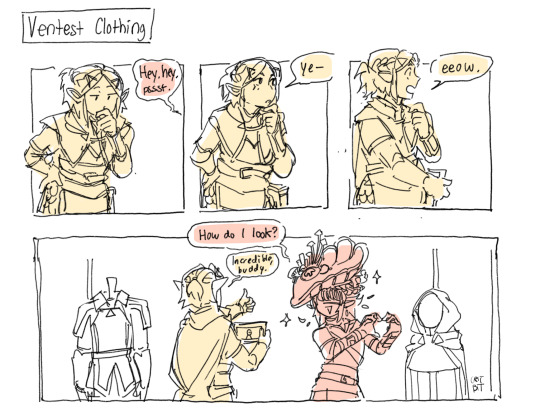

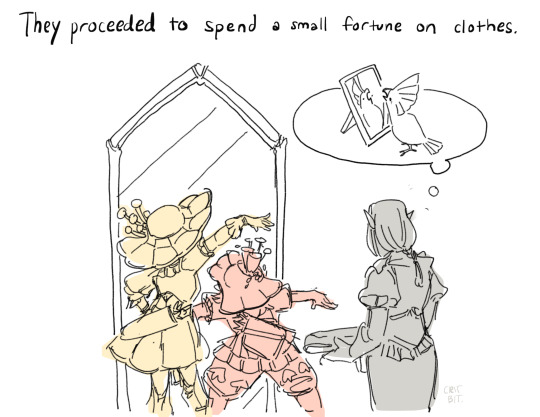
Day 33– Hatteno Village
Welcome to Hatteno Village! They like to insist Link and Zelda are their local cryptids.
(Wanna see more of this totk au? It’s called familiar familiar and it’s a what-if-zelda-doesn’t-go-back-in-time and then spiralled into crit-rewrites-totk-into-a-self-indulgent-botw-continuation)
((Wanna support me? Check out my patreon for sketches and early access! Remember to use web or android folks, apple charges 30 percent tax.))
#critdraws#lonks diary#familiar familiar au#artists on tumblr#botw zelda#botw link#botw#loz botw#loz comic#link#zelda#the legend of zelda#legend of zelda#totk#tears of the kingdom#totk zelda#totk link#loz totk#loz au#tloz#food art#stuffed mushrooms#loz zelda#hatteno#mushroom#fashion#they spent so much money#bought out not only the entire cheese chamber and clothing store#ough i want gouda stuffed mushroom platters now…with shallots and fresh black pepper and crispy garlic with a slather of blackberry jam#(head in hands) im so hungry
6K notes
·
View notes
Text
Chicken and Mushroom Crepe

0 notes
Text








savory tarts by elizabethmayhew
#elizabethmayhew#instagram#transparent by me#food#tarts#savory#tomatoes#potatoes#asparagus#squash#caramelized onions#mushrooms#onions#gruyere#figs#taleggio#leek#zucchini#spring onion#food pngs#transparent pngs#pngs
2K notes
·
View notes
Text

Bacon Mushroom Swiss Burger
#Bacon Mushroom Swiss Burger#burgers#cheeseburger#hamburger#mushrooms#swiss cheese#bacon#sandwich#lunchtime#lunch recipes#lunch#dinner#dining room#dining and entertaining#dining#brunch#munchies#fast food#foodie#toya's tales#style#toyastales#toyas tales#food photography#foodporn#foodpics#food porn#food pics#food#november
2K notes
·
View notes
Text

The *BEST* tender crockpot pot roast
#pot roast#beef#gravy#dinner#food#meal#main course#mushrooms#mashed potatoes#comfort food#beef chuck#chuck roast#potatoes#tasty#foodporn#delicious#cooking#food photography#foodgasm#recipes
1K notes
·
View notes
Text
7, unsorted






























#blinkies#carrd graphics#web graphics#carrd resources#da stamps#flash warning#flashing warning#fw#dividers#food#tw bright colors#bright colors#clowncore#lava lamp#keyboards#computercore#playground#arcadecore#rainbows#neon#cds#ice cream#crayons#mushrooms#plushies#stars
1K notes
·
View notes
Note
what's your favorite thing about mychael?
His green skin, actually! It was such an insecurity of mine if people would like him/find him attractive with the skin tone I chose when I first started designing him, but to this day nobody's ever complained about it at all (at least to my knowledge)!
Here are the drafts I had when playing around with his color palette:

I almost went with D! But my husband recommended I go with green and to this day I'm grateful I followed his advice. As always, his suggestions make the best part of my characters' designs haha. He helped out with Atom's design too, which I talk about here on my Patreon.
Also, an extra blush test just for fun:

#mushroom oasis vn#mychael ask#cheea chatter#bts#the first versions of his sprites were so twink-y goodness#omg i forgot he used to have a mole on his chin... it was too similar to crowe from wwcg at the time so i removed it#great game btw! it actually inspired me to make the food art in MO in the first place!
702 notes
·
View notes
Text

724 notes
·
View notes
Text
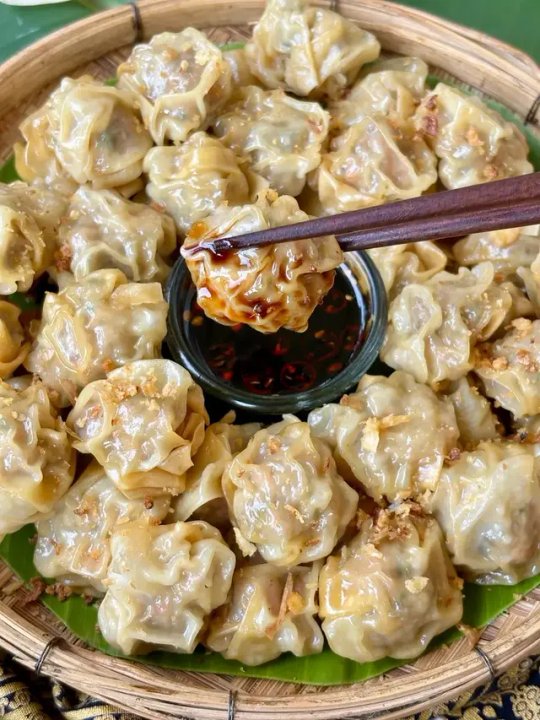
Kanom Jeeb
#food#recipe#breakfast#dim sum#kanom jeeb#dumplings#pork#garlic#carrots#onions#mushrooms#oyster sauce#dairy free#thai#khanom jeeb
413 notes
·
View notes
Text
Me making a pot of red sauce this morning: Damn, I'm out of passata. Well, I made it without passata for like a year, maybe it doesn't even really need it.
The Italian ancestors I do not actually have: *collective indrawn breath*
Me, tasting the sauce: Aw, that's disappointing. It really does add a nice bright sweet note, I gotta buy passata next time I'm shopping.
My nonexistent Italian ancestors: *screaming, cheering, football chants*
My actual Norwegian ancestors: But...vere is smoket fish please?
Italians: *stare at Norwegians*
Norwegians: *stare at Italians*
Me: oh my God I'll make anchovy bagna cauda next time.
Everyone: *screaming, cheering, beating each other with salted cod*
When you have ADHD, you're never truly alone in the kitchen.
#food#sam cooks#passata is pureed and strained tomato#on top of caramelized tomato paste and mushroom broth#it really adds depth to the pasta sauce
398 notes
·
View notes
Photo
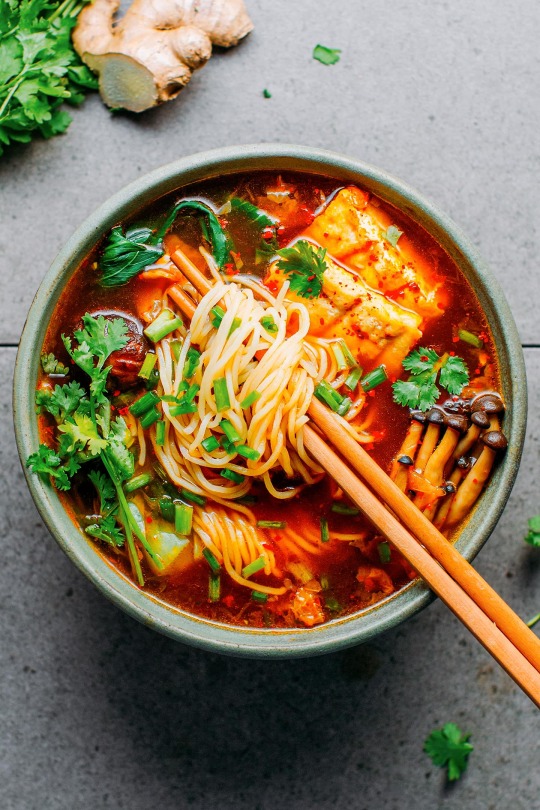
Vegan Kimchi Noodle Soup
3K notes
·
View notes
Text
Mushroom Toast

0 notes
Text

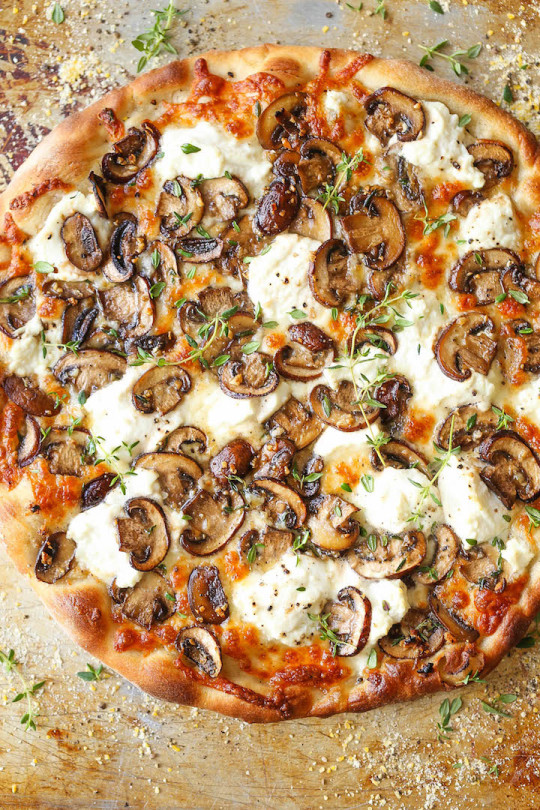
white mushroom pizza
7K notes
·
View notes
Text


focaccia with mushrooms by heyyits_kell
1K notes
·
View notes